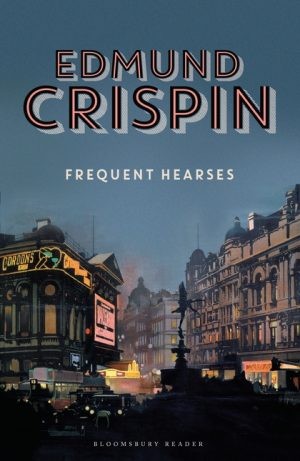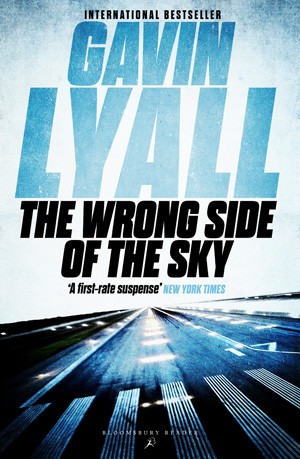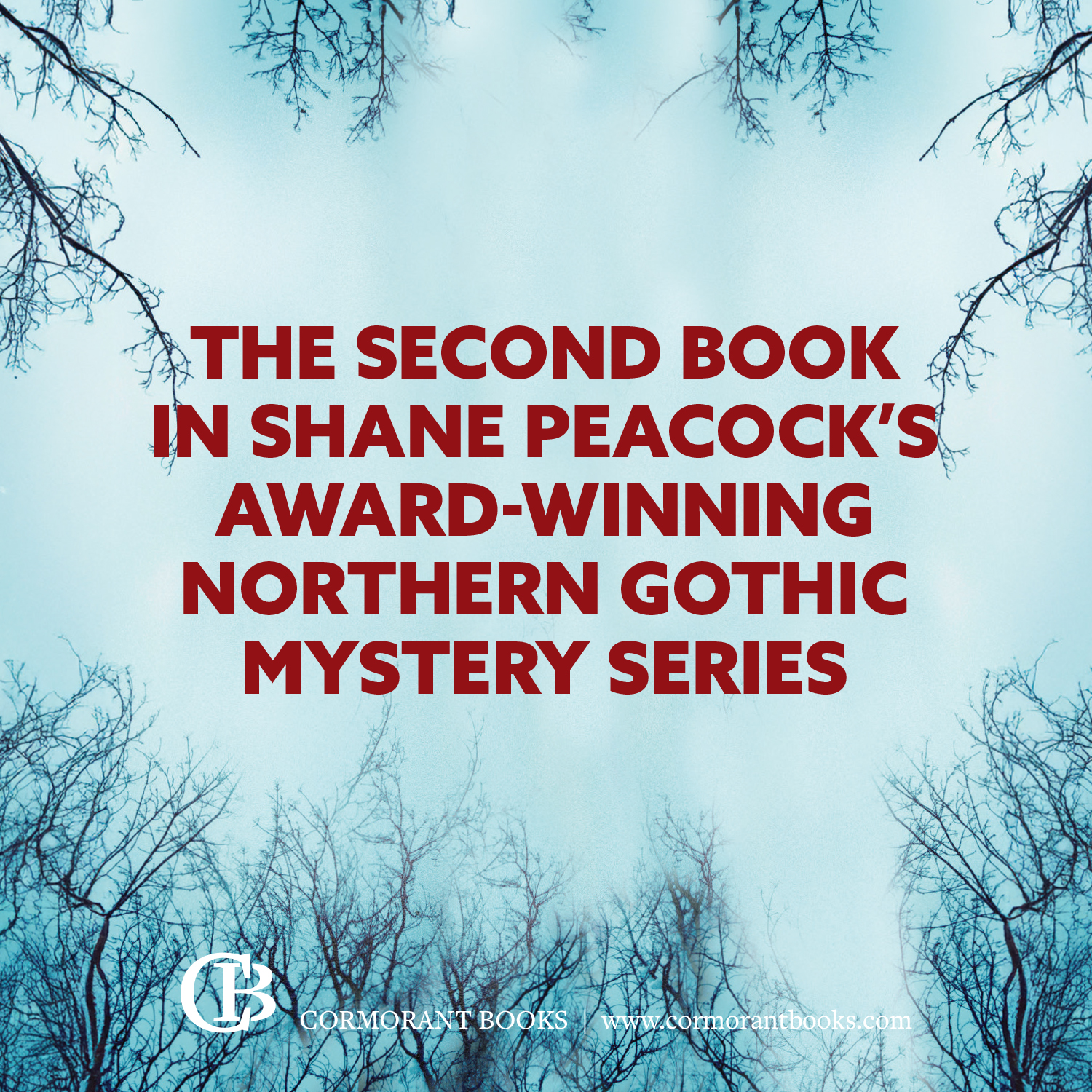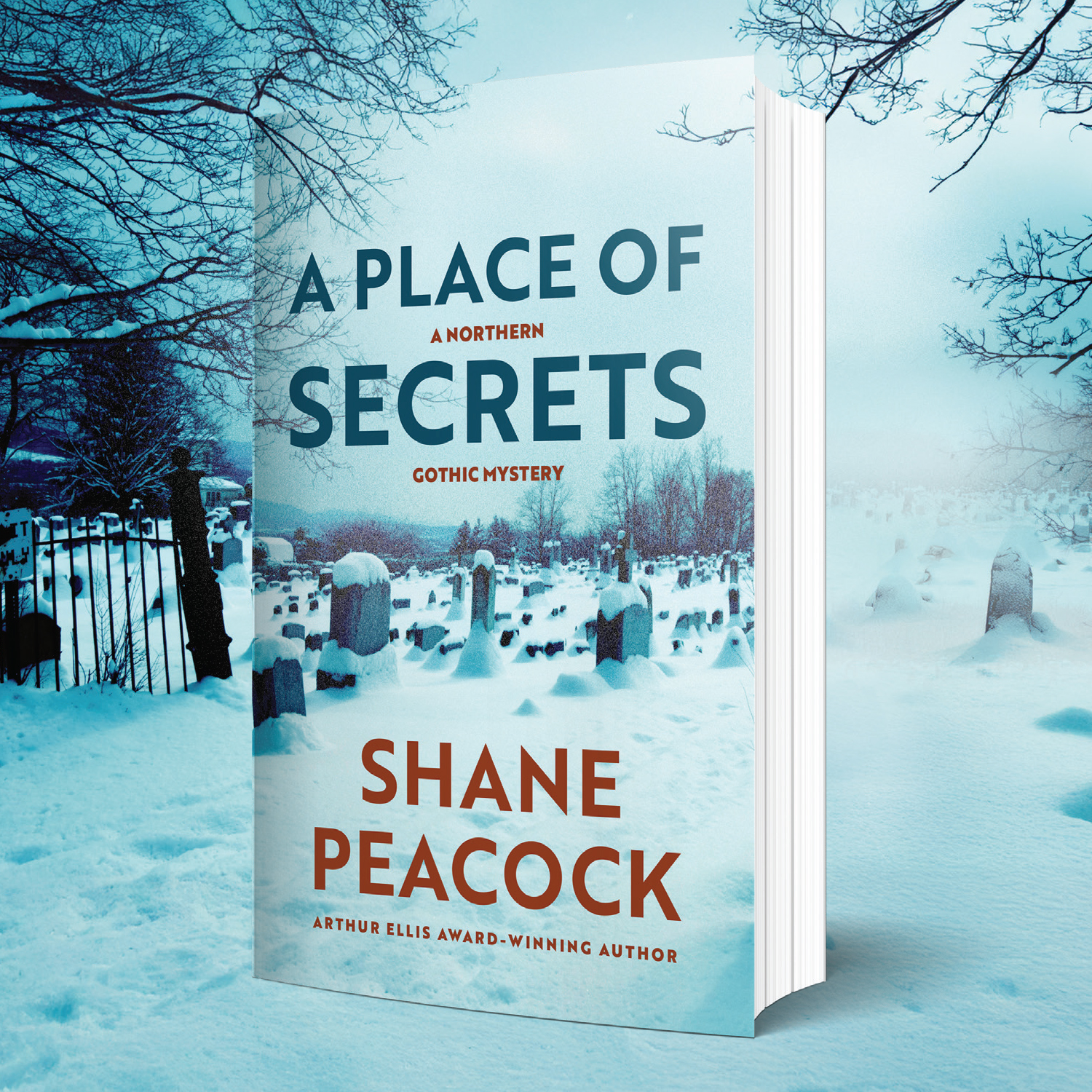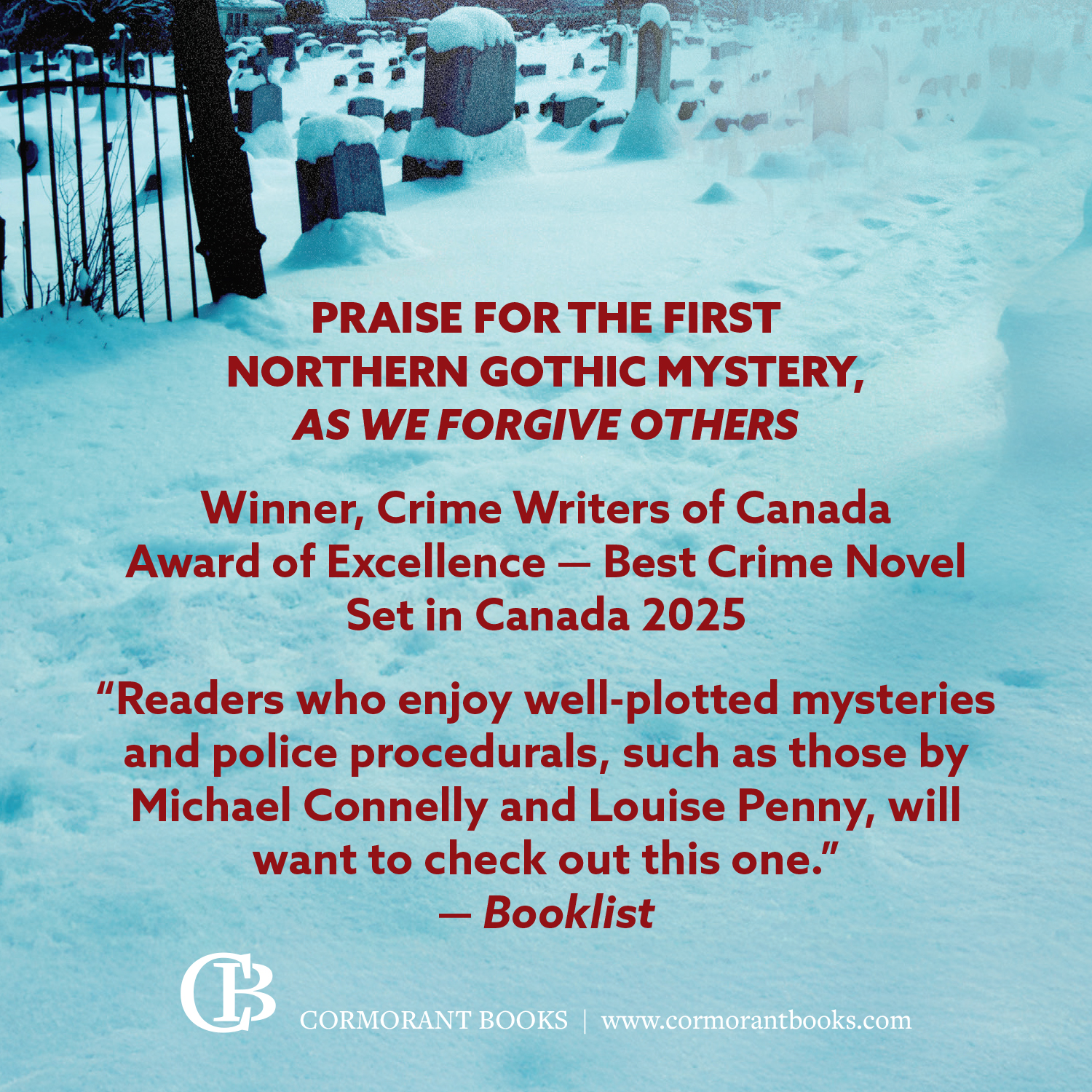Every September the children go back to school, and here at Crime Fiction Lover we go back to the classic crime books that germinated our interest in the genre in the first place. Important books – not just because we like reading them, but because they’re full of inventive stories that have inspired each new generation of writers. We’re able to bring you Classics in September this year thanks to our sponsor Bloomsbury Reader, which is republishing a great many classics for modern audiences to enjoy as eBooks and in print. Today, Bloomsbury Reader editor Laurel Sills writes about how classic crime fiction is important well beyond mere nostalgia value…
What draws readers to classic crime? Is it a sense of nostalgia, a desire for life’s puzzles to be solved, or simple escapism? Yes, there can be comfort in the familiar, in recognisable formulae and justice being served, but it is also a fascinating glimpse of the hopes, dreams and anxieties of readers of the time.
“One of the undiscovered treasures of British detective fiction.”
– AL Kennedy
When Edmund Crispin wrote his first detective novel, The Case of the Gilded Fly, World War II was raging, and people needed something light and engrossing to distract them from the horror surrounding them. As he went on to publish seven more detective novels before 1951, with the war so fresh in their memories, the public wanted to forget for a moment the rubble they were rebuilding their lives in. Crispin, known for his ingenious plots with clever twists, was also loved for his sense of humour and voluminous vocabulary. He wrote nine novels in total and two collections of short stories, featuring Oxford don and amateur criminologist Gervase Fen. His novels also diverged from tradition by occasionally breaking the fourth wall, and featured many references to English literature and poetry.
“One of the last exponents of the classical English detective story… elegant, literate, and funny.’
– The Times
In a way, they marked the ‘keep calm and carry on’ mentality of Britain in the 1940s. Crispin’s books featured murder, sure, but it was handled in a way that was detached from the death at its centre, making something scary into the purely intellectual. Solvable problems by eccentric Englishmen were a rare break from the elusive enemy in the skies, and the shadow of the war on the continent. These witty, inventive novels were the perfect place to forget the trauma of war.
Fast-forward 15 years and the crime genre had moved on a bit. Gavin Lyall, author of gritty vintage crime, offered an escape into more thrilling, action-packed hijinks. Evoking the era in which it was written, Lyall’s early work captures the atmosphere of the early 1960s, where men and women were living their lives as best they could after the trauma of fighting in WWII. Many of Lyall’s characters were ex-Royal Air Force, scraping a living as cargo pilots now that they were no longer needed to protect Britain from enemy planes. The damage of the war and the difficult life to follow created hard heroes doing what they needed to survive, even if that involved evading smugglers and dirty cops. This reflected the public’s ability to face more head-on the repercussions of the war to the lives of those who had lived through it, in a way that readers in 1945 may not have been ready for, and certainly couldn’t have foreseen.
“There should be dancing in the library aisles to greet the debut of Gavin Lyall, who proves in his first novel that it’s possible to combine all the exotic attractions with a first-rate suspense plot, which would command taut attention whatever its background.”
– New York Times
Lyall’s debut, The Wrong Side of the Sky, was published in 1961 to wide critical acclaim. PG Wodehouse called it “terrific” and added, “When better novels of suspense are written, lead me to them.”
An international bestseller, Lyall’s mix of crime and adventure captured the public imagination. It also gave them characters that they might recognise, ex-servicemen who struggled to find a place for themselves as civilians. Later, in The Major Harry Maxim series, a retired serviceman is recruited to British Intelligence in order to thwart terrorism, with threats from Russia and the Middle East weaving through complex mysteries.
Many who lived through the War must have found themselves wondering where the ordeal, and the skills gained from fighting it, could possibly take them now it was all over. Stories of men like them turning that part of their lives into something useful (and impressive) must have sparked their imaginations.
As fascinating as it is to imagine the mind-set of readers at the time of publication, what makes a classic truly ‘classic’ to me, is a novel’s ability to stand up to modern fiction while encompassing a different style and a different place. Both Edmund Crispin and Gavin Lyall hold their own next to the best contemporary whodunnit’s and hard-hitting thrillers. I see echoes of Crispin in locked-room detective series Jonathan Creek and small-town mystery The Casual Vacancy by JK Rowling. I see the hard-done-by ex-serviceman heroes of Lyall’s action crime in Malcolm Mackay and Brad Thor.
While World War II and The Cold War informed past crime fiction much as The War on Terror influences it now, crime fiction’s mirror to societal anxiety is something that connects all styles in the genre, whether it was published in 1944 or 2017.





